.

In the intricate dance that is human connections, setting healthy boundaries is akin to crafting a delicate masterpiece. Just as a skilled artist selects the right brush strokes to create a balanced painting, we must carefully define the parameters of our relationships to foster genuine, lasting, and meaningful connections. The canvas of our lives is painted with the hues of boundaries that shape the contours of our interactions and define the space where self-respect and mutual understanding can flourish.
Understanding Boundaries
Boundaries, at their core, are the invisible lines that demarcate where one person ends and another begins. They are the unspoken agreements that regulate the ebb and flow of emotions, expectations, and personal space.
While many believe that boundaries hinder intimacy, they are, in fact, the cornerstone of healthy relationships. Without them, relationships risk becoming entangled in a web of confusion and unmet needs. In fact, when individuals fail to establish and maintain healthy boundaries, relationships can suffer from a myriad of drawbacks. Some of the more detrimental effects of neglecting healthy boundaries in various types of personal relationships include erosion of individual identity, resentment and frustration, emotional exhaustion, unhealthy power dynamics, risk of codependency, and the inability to successfully navigate conflict.
Reflect Inward
Setting boundaries begins with a journey inward, an exploration of our own needs, values, and limits. It requires a profound understanding of who we are and what we require to thrive in a relationship. Self-reflection is the compass that guides us to articulate our desires and communicate our expectations effectively. Understanding one's own needs, desires, and limits is crucial. It's not a selfish act but an act of self-preservation and self-love. Like a sturdy fence around a garden, personal boundaries protect the delicate blossoms within, ensuring they have the space and resources to flourish.
Start by asking yourself:
Effective Communication
The language of boundaries is spoken through effective communication and transparency. Expressing your needs and expectations with clarity and empathy fosters an environment where understanding can blossom. It is crucial to communicate assertively yet compassionately, allowing room for your voice to be heard while acknowledging the feelings and needs of others. Effective communication becomes the cornerstone of boundary-setting. It involves expressing thoughts, feelings, and expectations openly and honestly, while also actively listening to the perspectives of others. I've learned that articulating my boundaries with clarity and empathy creates a bridge of understanding, fostering an environment where relationships can thrive. Setting boundaries is not about building walls but about defining the parameters that contribute to a healthy dynamic. It's about establishing a delicate balance between independence and interdependence.
Remember:
Consistency is Key
Consistency is the glue that holds boundaries together. Setting a boundary is not a one-time event but a commitment to self-care and mutual respect. Be consistent in upholding your boundaries and reinforcing them with actions. This not only reinforces your own sense of worth but also sets a clear precedent for the type of treatment you expect from others.
A powerful aspect of boundary-setting is the ability to say no without guilt. Saying no is not a rejection of others; it is an affirmation of your own needs and limits. Learning to say no is liberating and can free you from the burden of overcommitment. It also allows you to invest your time and energy in activities and relationships that align with your values.
Adjusting and Evolving
As we grow and evolve, so do our boundaries. What was acceptable in one phase of life may no longer serve us in another. Embrace the fluidity of boundaries and be open to adjusting them as needed. Healthy relationships are dynamic, adapting to the changing needs and circumstances of those involved.
The process of setting boundaries also extends beyond intimate relationships into the realms of family, friendships, and professional connections. In the workplace, clearly defined boundaries contribute to a healthy work-life balance, preventing burnout and fostering a positive work environment. Within friendships, establishing boundaries ensures that both parties contribute to the relationship's growth and maintain individual well-being.
Ultimately, setting healthy boundaries in relationships is a profound act of self-love and a gift to those we care about. It is a delicate dance that requires self-awareness, effective communication, consistency, and the courage to say no when necessary. As we master the art of setting boundaries, we pave the way for relationships that are built on mutual respect, understanding, and a shared commitment to personal growth. The masterpiece of your life is painted with the strokes of healthy boundaries, creating a canvas that reflects the beauty of genuine connections.
As I continue to navigate the intricate tapestry of relationships in my life, I am reminded that setting healthy boundaries is an act of love — for oneself and for others. It's a conscious choice to nurture connections, allowing them to blossom and flourish in the fertile soil of respect, understanding, and authenticity.
Remember, you can talk to friends, family, or a therapist about your boundaries. These are an invaluable support base that can provide guidance, support, and an outside perspective when needed on your relationship dynamics.
Understanding Boundaries
Boundaries, at their core, are the invisible lines that demarcate where one person ends and another begins. They are the unspoken agreements that regulate the ebb and flow of emotions, expectations, and personal space.
While many believe that boundaries hinder intimacy, they are, in fact, the cornerstone of healthy relationships. Without them, relationships risk becoming entangled in a web of confusion and unmet needs. In fact, when individuals fail to establish and maintain healthy boundaries, relationships can suffer from a myriad of drawbacks. Some of the more detrimental effects of neglecting healthy boundaries in various types of personal relationships include erosion of individual identity, resentment and frustration, emotional exhaustion, unhealthy power dynamics, risk of codependency, and the inability to successfully navigate conflict.
Reflect Inward
Setting boundaries begins with a journey inward, an exploration of our own needs, values, and limits. It requires a profound understanding of who we are and what we require to thrive in a relationship. Self-reflection is the compass that guides us to articulate our desires and communicate our expectations effectively. Understanding one's own needs, desires, and limits is crucial. It's not a selfish act but an act of self-preservation and self-love. Like a sturdy fence around a garden, personal boundaries protect the delicate blossoms within, ensuring they have the space and resources to flourish.
Start by asking yourself:
- What are my emotional needs?
- What are my deal-breakers?
- What activities bring me joy, and how can I prioritize them?
- How do I communicate my needs to others?
Effective Communication
The language of boundaries is spoken through effective communication and transparency. Expressing your needs and expectations with clarity and empathy fosters an environment where understanding can blossom. It is crucial to communicate assertively yet compassionately, allowing room for your voice to be heard while acknowledging the feelings and needs of others. Effective communication becomes the cornerstone of boundary-setting. It involves expressing thoughts, feelings, and expectations openly and honestly, while also actively listening to the perspectives of others. I've learned that articulating my boundaries with clarity and empathy creates a bridge of understanding, fostering an environment where relationships can thrive. Setting boundaries is not about building walls but about defining the parameters that contribute to a healthy dynamic. It's about establishing a delicate balance between independence and interdependence.
Remember:
- Use “I” statements to express your feelings without sounding accusatory.
- Be specific about your needs and expectations.
- Listen actively to the needs and boundaries of others.
Consistency is Key
Consistency is the glue that holds boundaries together. Setting a boundary is not a one-time event but a commitment to self-care and mutual respect. Be consistent in upholding your boundaries and reinforcing them with actions. This not only reinforces your own sense of worth but also sets a clear precedent for the type of treatment you expect from others.
A powerful aspect of boundary-setting is the ability to say no without guilt. Saying no is not a rejection of others; it is an affirmation of your own needs and limits. Learning to say no is liberating and can free you from the burden of overcommitment. It also allows you to invest your time and energy in activities and relationships that align with your values.
Adjusting and Evolving
As we grow and evolve, so do our boundaries. What was acceptable in one phase of life may no longer serve us in another. Embrace the fluidity of boundaries and be open to adjusting them as needed. Healthy relationships are dynamic, adapting to the changing needs and circumstances of those involved.
The process of setting boundaries also extends beyond intimate relationships into the realms of family, friendships, and professional connections. In the workplace, clearly defined boundaries contribute to a healthy work-life balance, preventing burnout and fostering a positive work environment. Within friendships, establishing boundaries ensures that both parties contribute to the relationship's growth and maintain individual well-being.
Ultimately, setting healthy boundaries in relationships is a profound act of self-love and a gift to those we care about. It is a delicate dance that requires self-awareness, effective communication, consistency, and the courage to say no when necessary. As we master the art of setting boundaries, we pave the way for relationships that are built on mutual respect, understanding, and a shared commitment to personal growth. The masterpiece of your life is painted with the strokes of healthy boundaries, creating a canvas that reflects the beauty of genuine connections.
As I continue to navigate the intricate tapestry of relationships in my life, I am reminded that setting healthy boundaries is an act of love — for oneself and for others. It's a conscious choice to nurture connections, allowing them to blossom and flourish in the fertile soil of respect, understanding, and authenticity.
Remember, you can talk to friends, family, or a therapist about your boundaries. These are an invaluable support base that can provide guidance, support, and an outside perspective when needed on your relationship dynamics.
